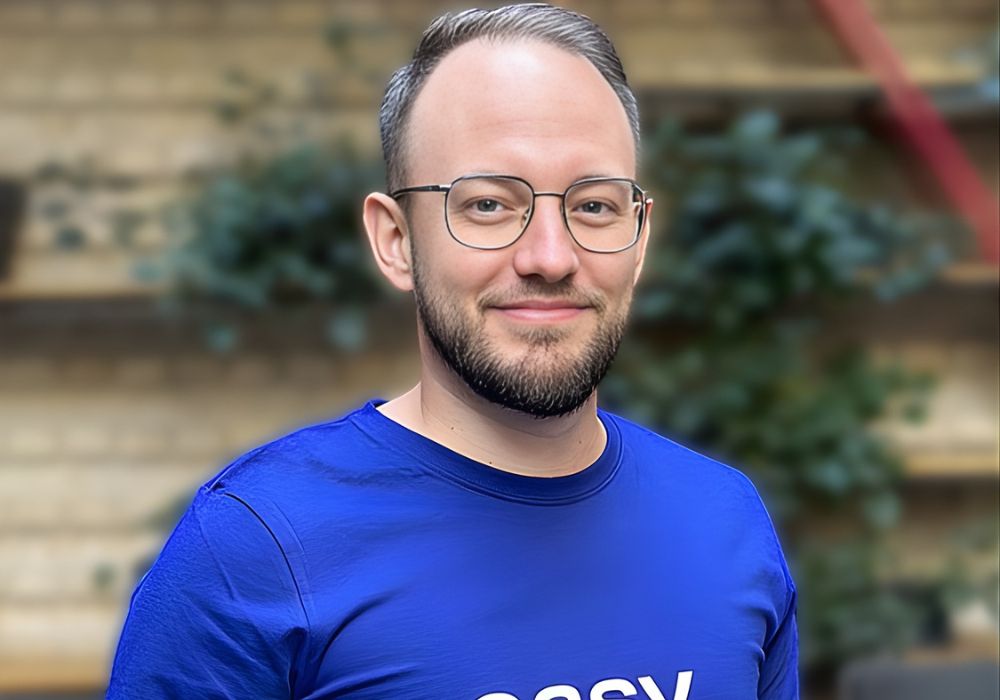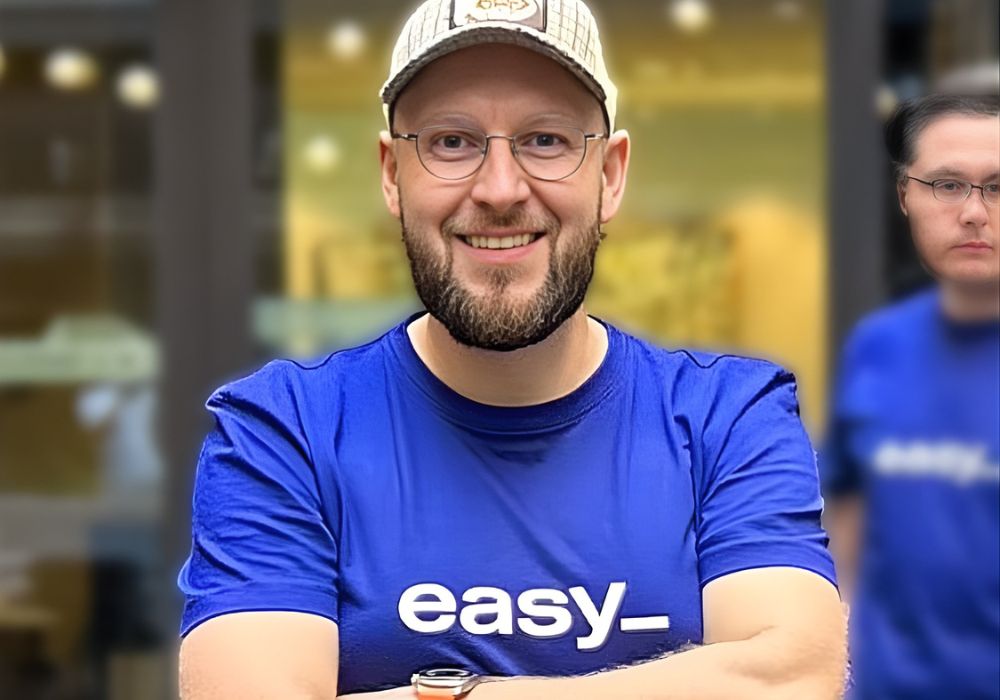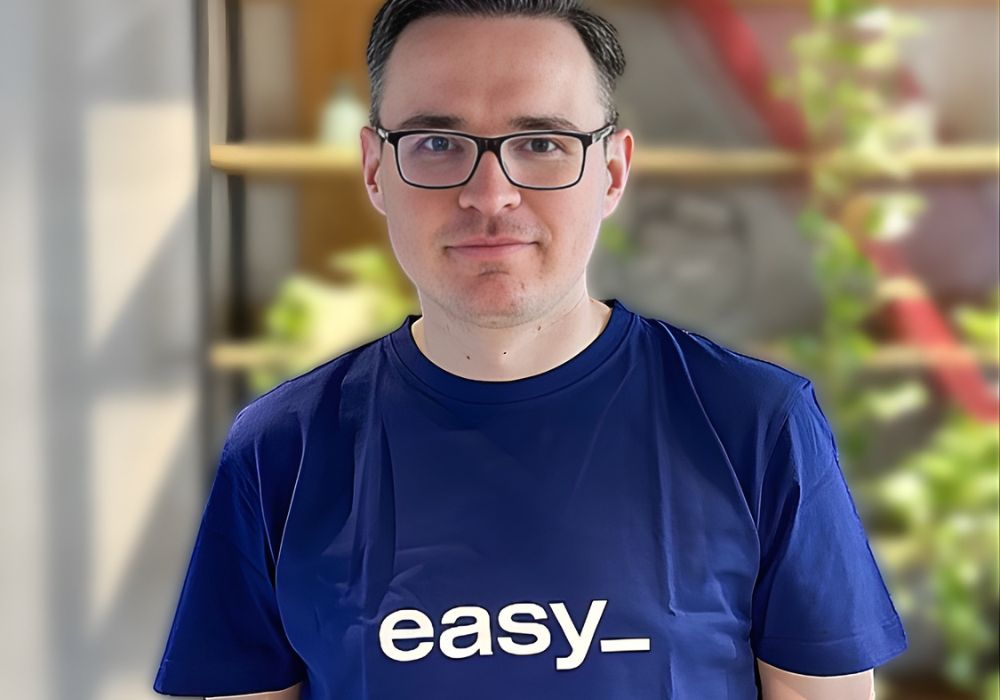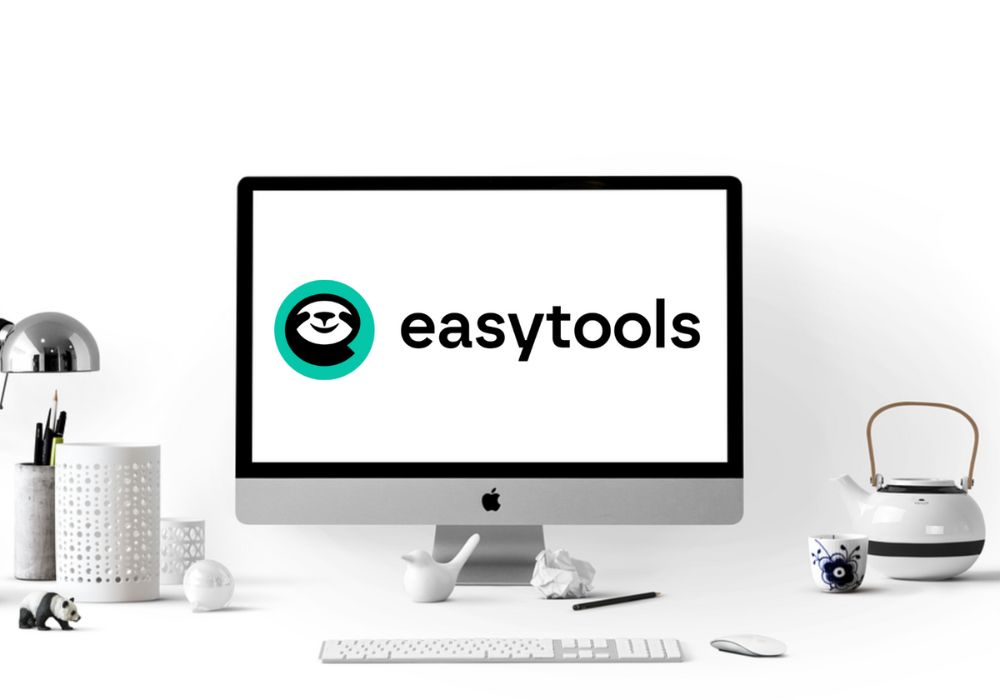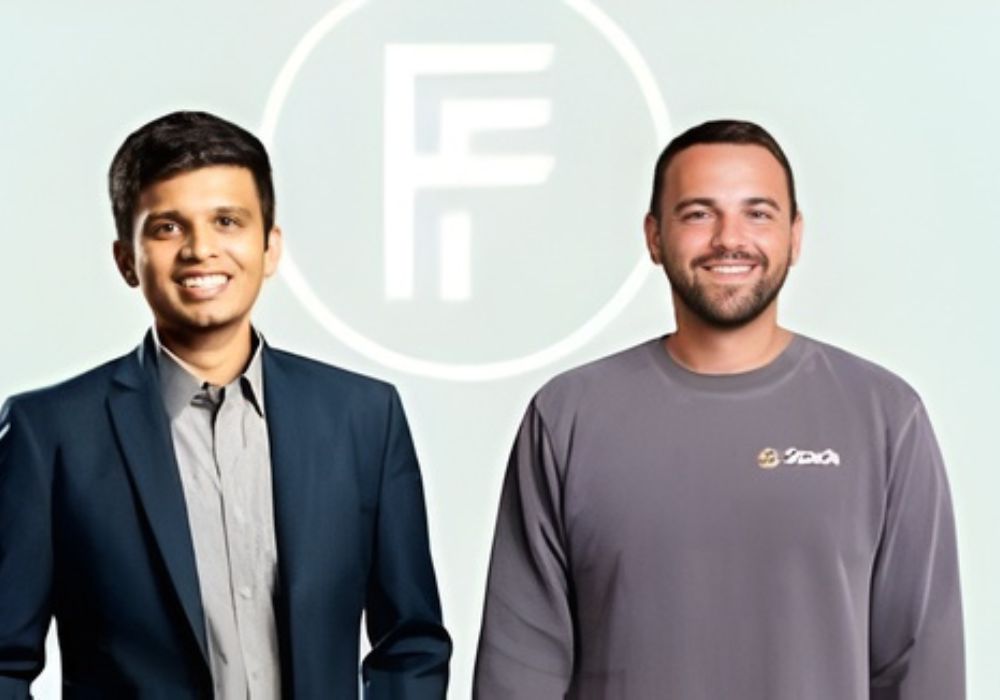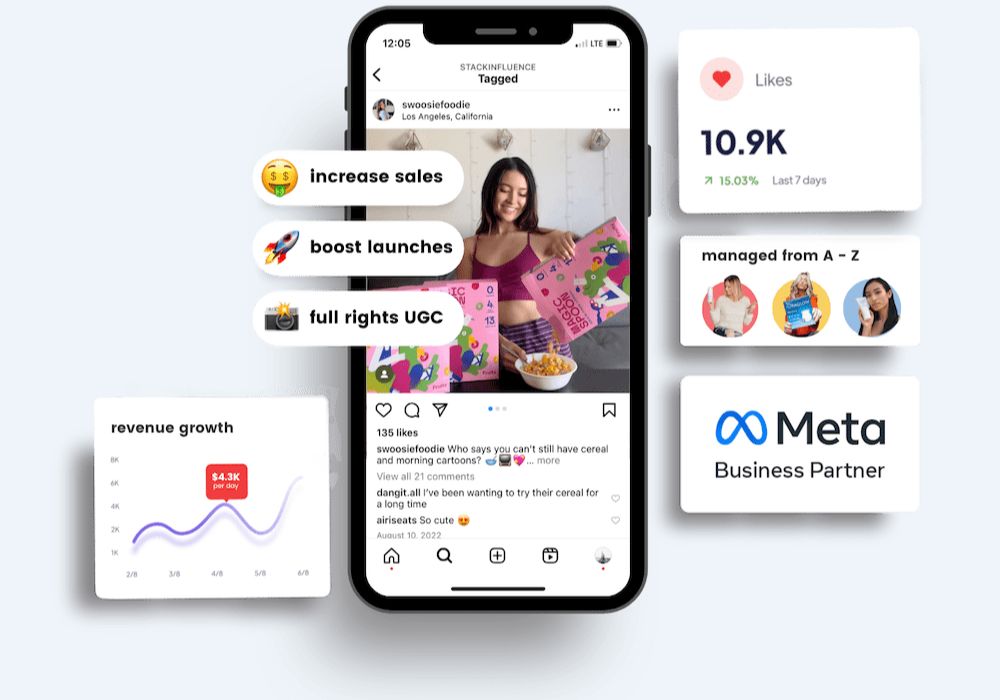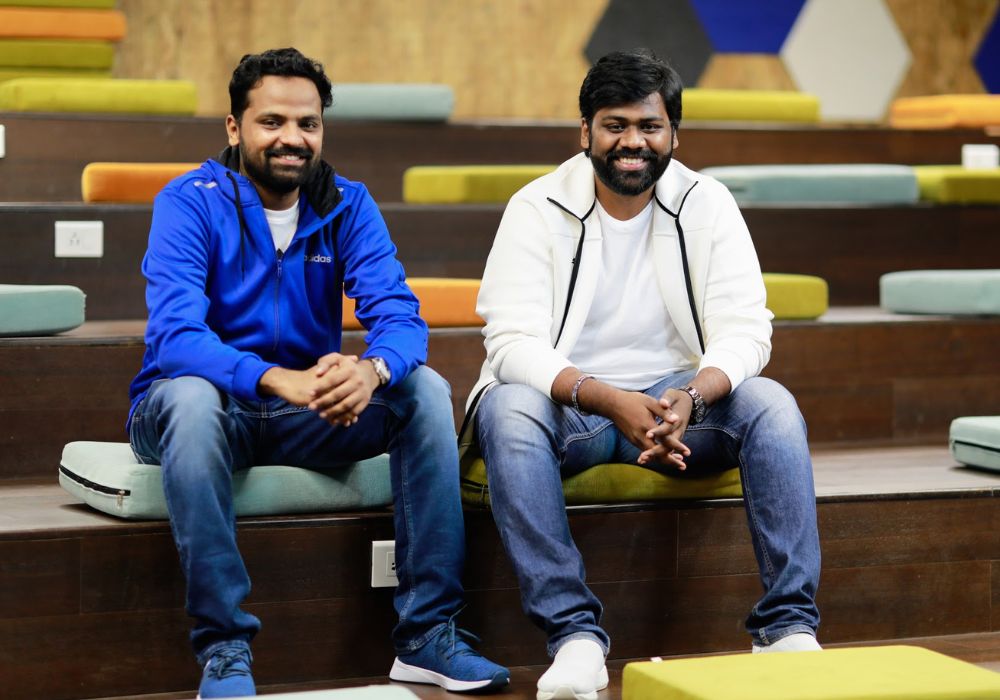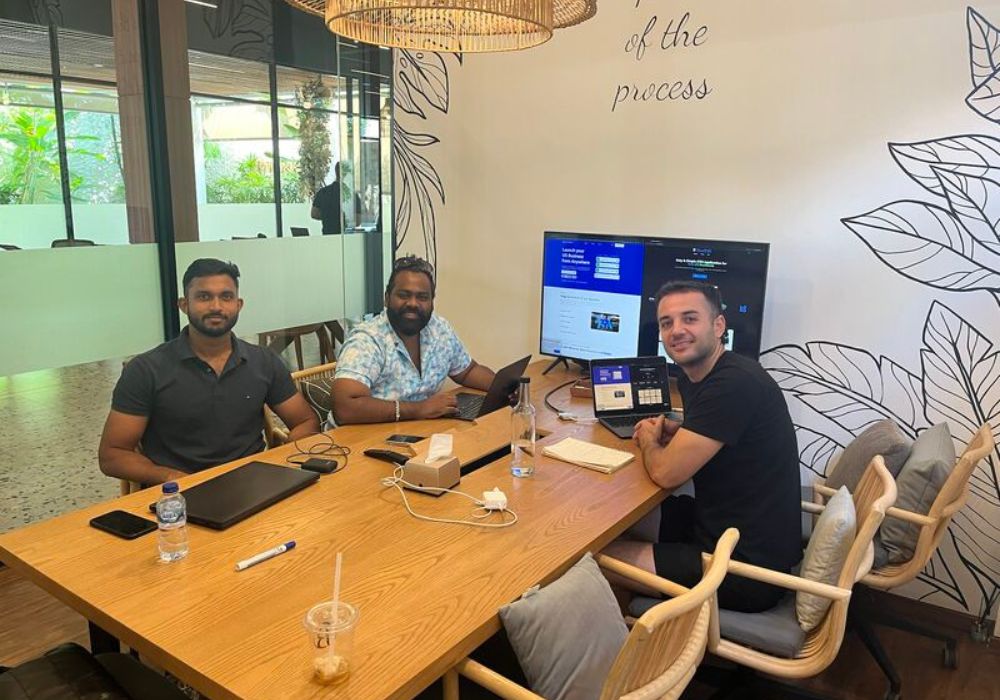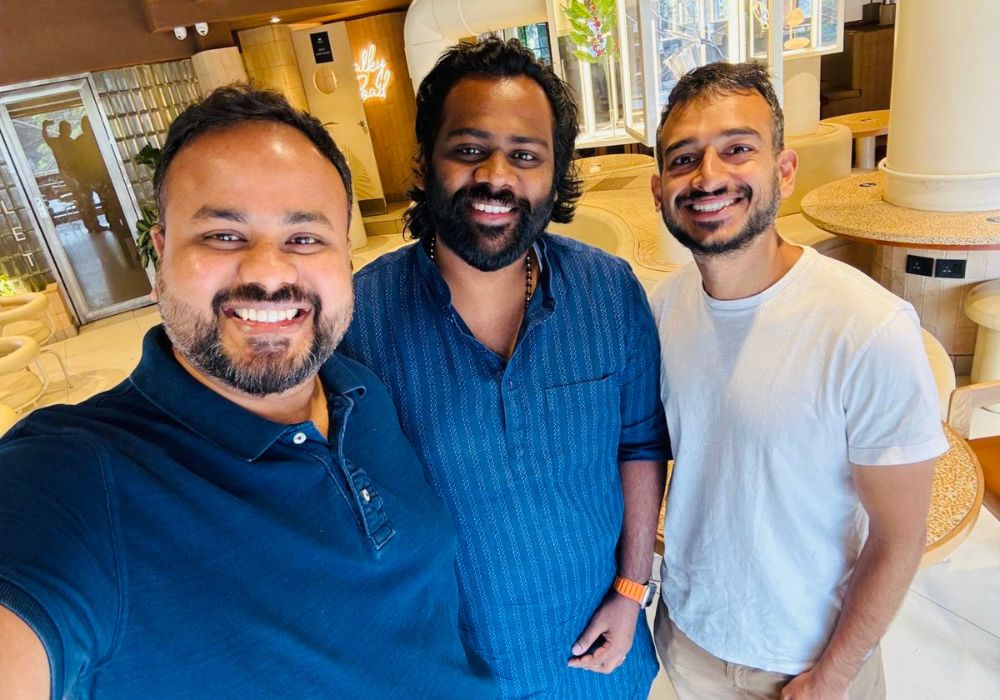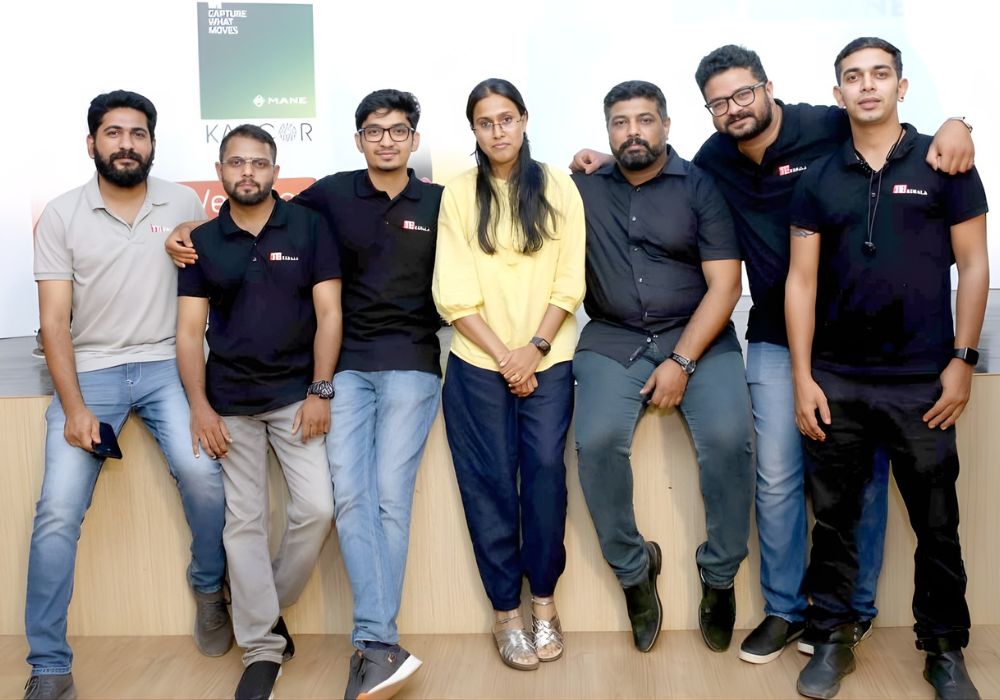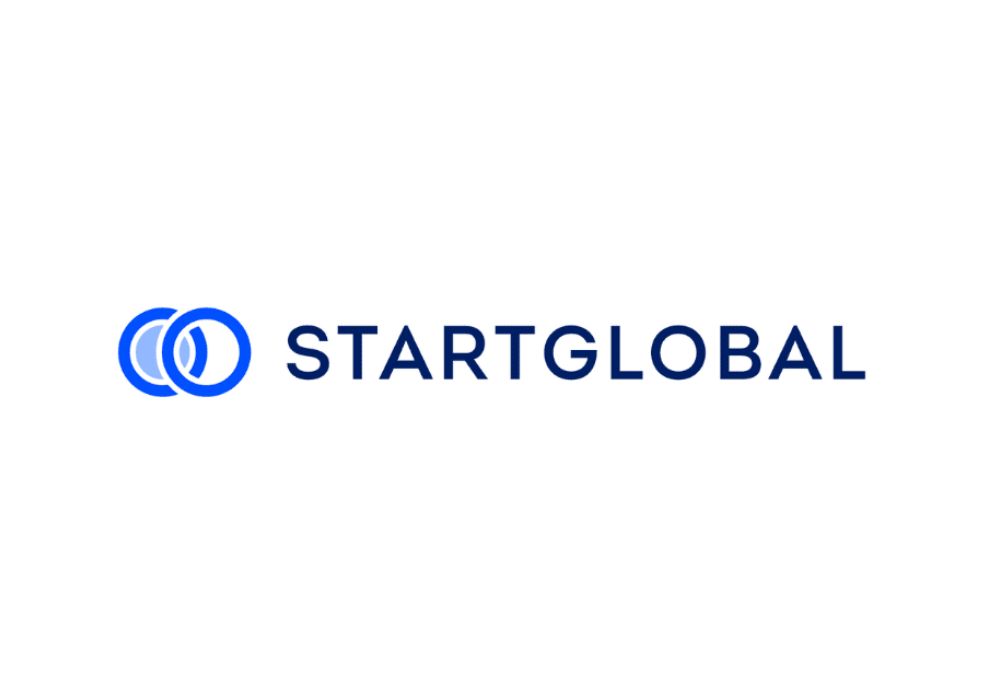This easy.tools case study breaks down how a simple freelance invoicing need sparked one of today’s most popular single-purpose SaaS toolsets. The first invoice I ever created was for a client who didn’t exist. It was 2020, and I was hunched over my laptop in a makeshift home office in Belgium, the glow of the screen my only light. I was building a tool for myself—a simple, clean way to generate PDF invoices for my freelance design work. The ‘client’ was a test entry: “John Doe,” for “Website Design,” $1,500. When I clicked “generate,” and a perfectly formatted, professional PDF snapped into existence, a thought crystallized: “Why is every other tool for freelancers so bloated?” This easy.tools case study breaks down how a simple freelance invoicing need sparked one of today’s most popular single-purpose SaaS toolsets.
That single PDF was the spark. We were entering an era of the solo entrepreneur, the micro-SaaS, the digital nomad. The global freelance services market was ballooning, projected to reach over $1.5 trillion by 2032 . Yet, the tools available were either overly complex project management suites with steep learning curves or bare-bones, unprofessional templates. There was a gaping hole in the middle for elegant, single-purpose utilities that respected a user’s time and intelligence. Our early traction was silent but telling: a simple landing page and a link to a basic web app garnered our first 100 users through word-of-mouth alone, confirming we weren’t the only ones feeling this pain.
continue reading

